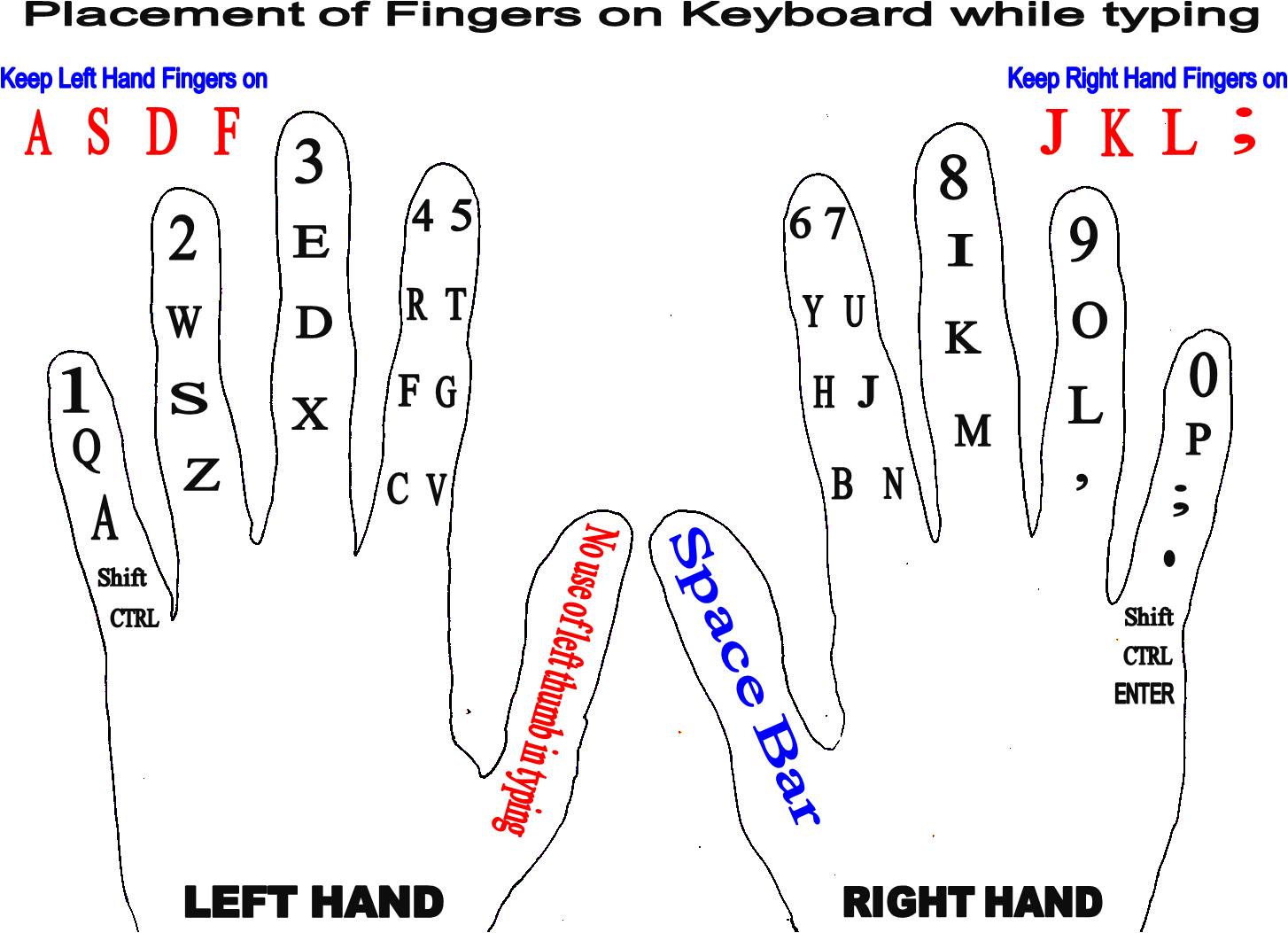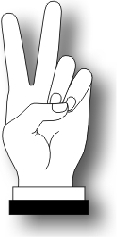

presented a reflection-type finger vein recognition system, illustrated in Fig. However, they have concentrated on palm and palm dorsa veins, while only a few of them have focused on reflection-type finger vein recognition.

Some studies on reflection-type vein recognition have been published over the past few years. Therefore, a reflection-type finger vein recognition system has the potential for mobile application.
#TYPING FINGERS LF PORTABLE#
By contrast, reflection-type finger vein recognition systems have small acquisition devices that can be installed on a flat surface, so such a recognition system could be applied to small, portable consumer devices, such as smartphones, tablets, or in-home automation systems. Such a device is not suitable for integration into small, portable consumer devices. However, transmission-type acquisition devices are large and require a hole or groove into which the finger must be placed. Few studies have concentrated on reflection-type acquisition because of its relatively low image quality. Studies have emphasized the transmission-type finger vein acquisition and recognition, because its images are of higher quality and are easily acquired, and this recognition system eventually yields better results compared to reflection-type recognition. Two methods are used to acquire finger vein images, namely transmission-type and reflection-type acquisition. Compared to other biometric features, finger veins offer the advantages of noncontact acquisition, liveness detection, internal features that are difficult to copy, alter As a biometric feature, finger vein patterns have attracted significant attention. Many of them are applied widely in modern society. Several biometric features can be used in individual identity recognition, including fingerprint, iris, and face. Experiments demonstrate the feasibility of reflection-type finger vein recognition. A novel method of region-of-interest localization for a finger vein image is introduced, and a scheme for effectively extracting finger vein features is proposed. A database is built to test the proposed algorithm. Thus, this paper presents reflection-type finger vein recognition for biometric application that can be integrated into mobile consumer devices. In the reflection-type vein recognition field, the majority of researchers concentrate on palm and palm dorsa patterns, and only a few pay attention to reflection-type finger vein recognition. Therefore, reflection-type finger vein recognition should be developed. Considerable research focuses on transmission-type finger vein recognition, but this type of authentication is difficult to implement in mobile consumer devices. (National Key Laboratory of Fundamental Science on Synthetic Vision, School of Computer Science, Sichuan University)įinger vein recognition, which is a promising biometric method for identity authentication, has attracted significant attention. (University of Electronic Science and Technology of China) (Shandong Provincial Key Laboratory of Wireless Communication Technologies, School of Information Science and Engineering, Shandong University)


 0 kommentar(er)
0 kommentar(er)
